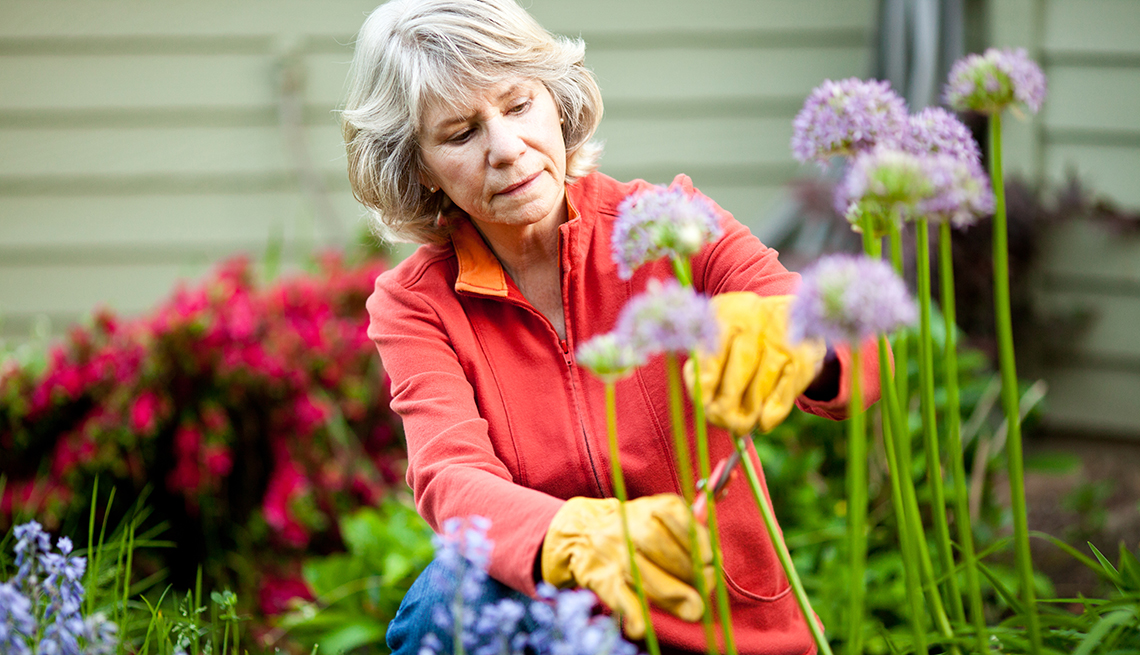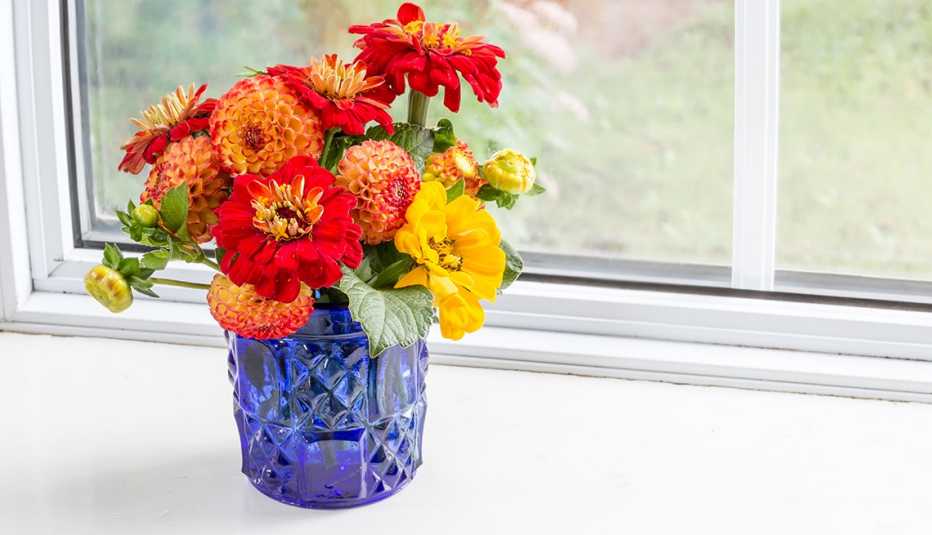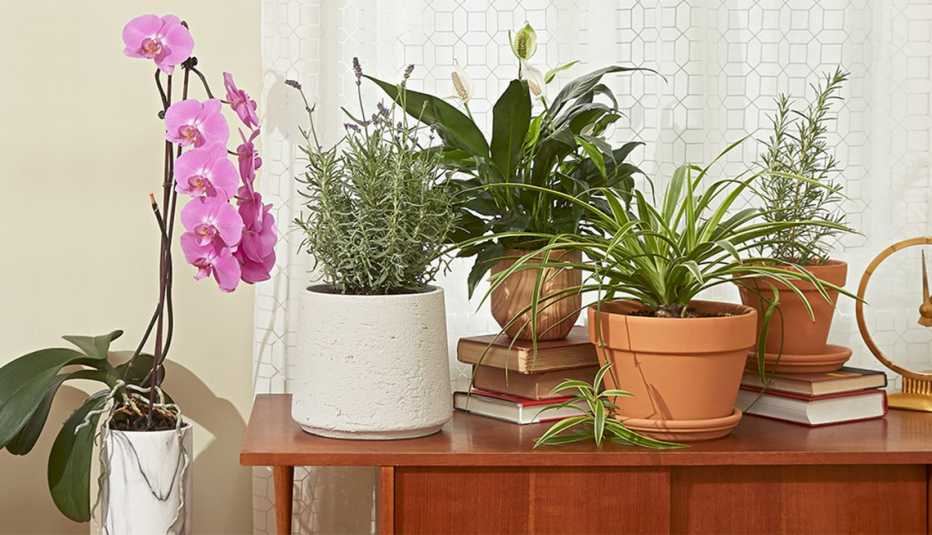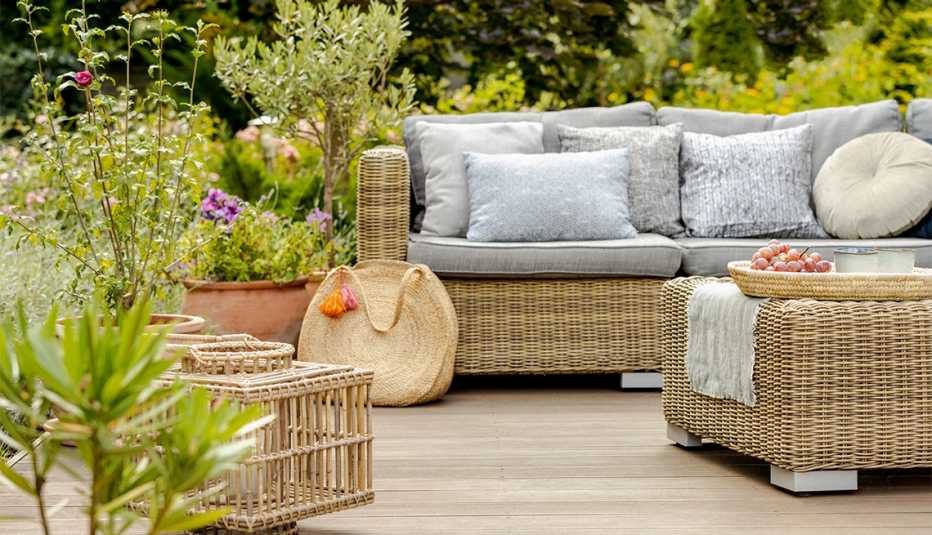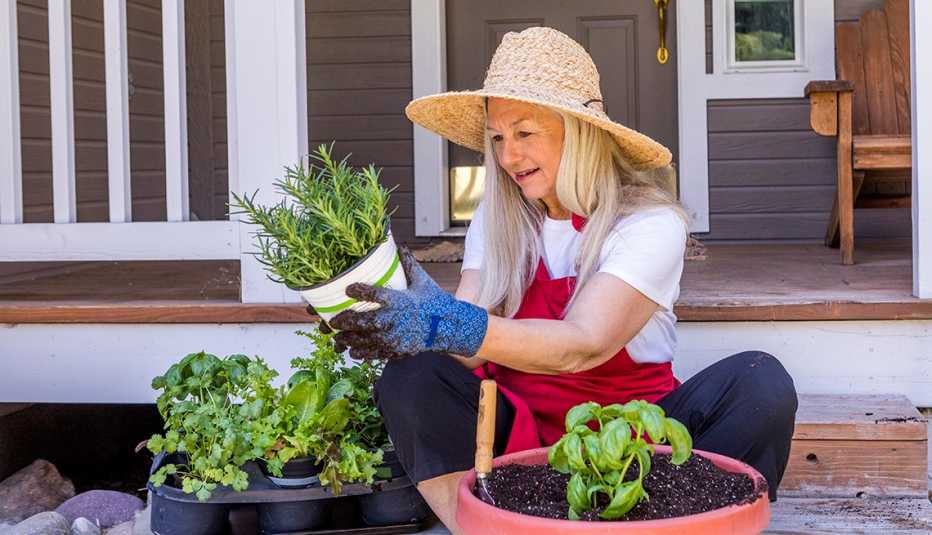AARP Hearing Center
Flowers cheer up a home's interior and are an instant mood-lifter. But even better than going out to buy a bouquet, is growing the blooms yourself.
With a little planning, the right plant selection and care, there's still time to create a beautiful cut flower garden for yourself this summer and maybe for a neighbor or friend who could use a pick-me-up. With people feeling socially distant and sometimes isolated at home due to COVID-19, flowers can be a touchstone, says LaManda Joy, founder of City Grange in Chicago, an education-based garden center.
"Nature and flowers remind us that there's some things that will always happen … there's some continuity to life,” she says. “That process of nurturing something is so healing for people…. We think we're nurturing the garden, but the garden really nurtures us.”
Invest in flower power
Flowers make excellent gifts, and leaving a bouquet of homegrown flowers on a friend or neighbor's porch brings instant cheer. A 2010 Rutgers University study on mood showed flowers have both an immediate and longer-lasting positive impact than other popular thank-you gifts, such as a fruit basket or a candle.
Joy says the act of giving is rewarding for both the giver and receiver. She recalls giving an older neighbor who was sheltering-in-place a pot of flowers this spring, putting them on the neighbor's front porch. “She saw them, opened the door and she was just so grateful,” Joy says.
What to plant
It's getting late to start most plants from seed, but bright, multicolored zinnias, which often come in a variety of vivid fuchsias and reds, are still an option, says Melinda Myers, author of more than 20 gardening books. From seed to bloom, zinnias are ready in eight weeks and gardeners can plant seeds where spring plants are fading or sow them in a vacant space.
































































